How to Create Amazing Images Using Long Exposures
Today I want to talk about how to use long exposures in your landscape photography. Long exposures are a great way to show movement in a scene, especially when clouds and water are involved. Once you try it, you’ll love using the technique. Here are a few tips to keep in mind that will help as you get started.
Use a shutter release cable
Because the camera shutter is open for so long, the camera is extra susceptible to movement. I use a shutter release to make sure that my camera doesn’t move. Plus, using a shutter release in bulb mode makes it easier to take take exposures longer than 30 seconds.
Use a neutral density filter
Depending on how bright it is how outside, you might need to use a neutral density filter to achieve your desired shutter speed. I have 3 different versions: a 3-stop, a 6-stop, and a 10-stop. The 3-stop filter is great for achieving shutter speeds between 1/4 second and 1 second, which can show movement in water. The 10 stop filter is great for 4 or 5 minute exposures that blur clouds.
Use Photopills or another app to determine your shutter speed
When taking an exposure longer than 30 seconds in bulb mode, the camera can’t calculate the shutter speed for a properly exposed image. In this situation, I use Photopills to determine my shutter speed, but there are other apps available as well. All you need to do is input the shutter speed for a properly exposed image without an ND filter, then enter your ND filter information, and Photopills tells you the correct exposure with the ND filter on.
Experiment with different shutter speeds
Don’t be afraid to experiment with different shutter speeds and ND filters. Sometimes a 1 or 2 second exposure looks best, sometimes a 1 or 2 minute exposure is the way to go. It all depends on the feeling you are trying to convey with your image. Typically, when I want to show movement in water I start with a shutter speed of 1/4 second. If I want to show movement in the clouds I start with a shutter speed of 2-3 minutes. But it all depends, so experiment and have fun!
Using a long exposure is one of my favorite techniques. Feel free to message me if you have any questions, and sign up for my list so you’ll know when my next article is released.




